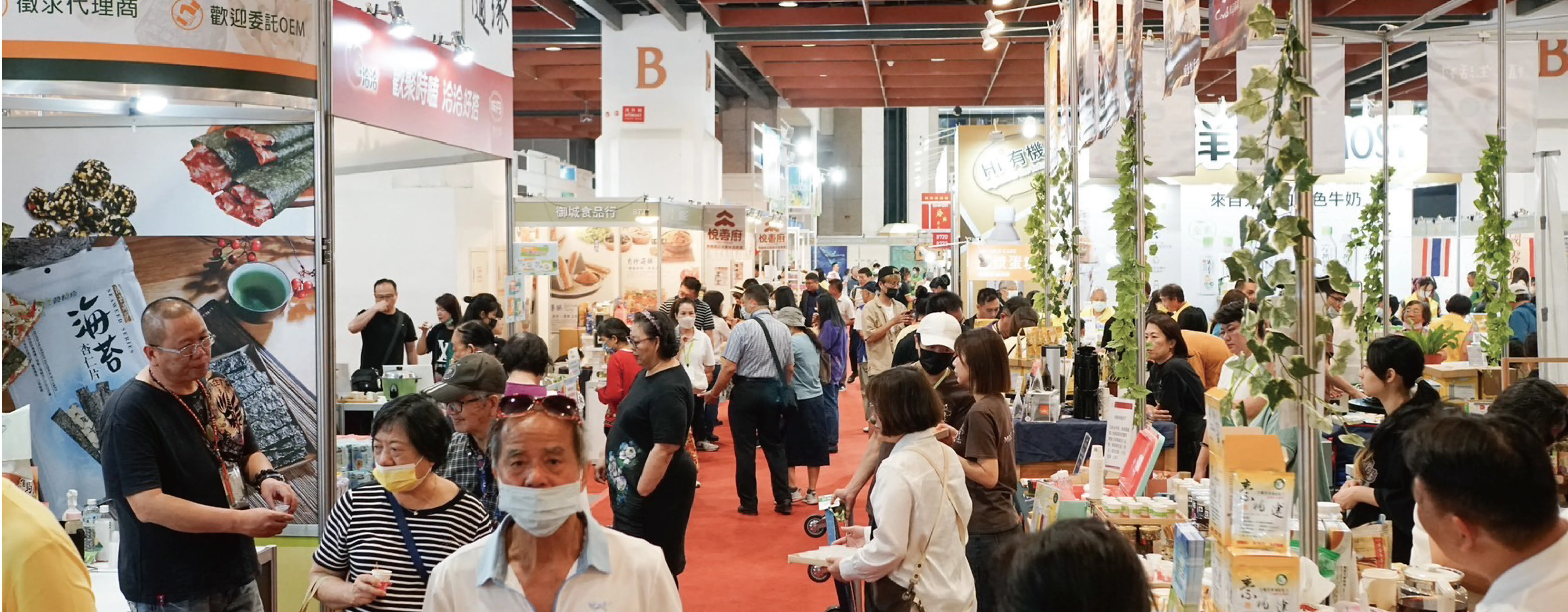


| 時代: | 東漢至三國時期 (西元25-280) |
| 出土地點: | 傳世品 |
| 尺寸: | 高度:12 cm 長度:14.5 cm 寬度:8 cm 重量:820 g |
| 質地: | 高古青銅錯金銀 |
| 數量: | 1 |
朝天犼有守望、等候的特性,當它對天咆哮時,被認為能夠傳天意、通民情,面南而坐的朝天犼,被稱為「望君歸」,注視皇帝的外巡活動,若皇帝久出不歸會呼喚皇帝儘快返宮來處理政務。面北而坐的朝天犼,則被稱為「望君出」,專門監督皇帝在宮內的行徑,若皇帝不理朝政,會催促皇帝出宮體察民情。此件朝天犼身上主體紋飾為象徵天下太平的鳳凰紋飾,頭部、四足與身上局部處有捲紋,所有紋飾皆是東漢末年標準錯金銀紋飾。此件朝天犼尾部以澆鑄方式熔合,器身有局部紅斑、綠鏽與泛金鏽,全器有老包漿,胎體含紅銅量高、含錫量低,延展性佳,銅胎修胎細緻、表面平整,範合線較不明顯,錯金銀平整、紋飾細膩。
The Chao Tian Hou is characterized by its vigilant and waiting posture. When it roars towards the sky, it is believed to convey divine intentions and communicate with the people. The Chao Tian Hou facing south while sitting is called "Wang Jun Gui" ("Awaiting the Emperor's Return"). It watches over the emperor's activities during his travels and would call upon the emperor to return promptly to handle affairs of state if he stayed away for too long. The Chao Tian Hou facing north is called "Wang Jun Chu" ("Awaiting the Emperor's Departure"). It is responsible for monitoring the emperor's actions within the palace and would urge the emperor to leave the palace to observe the concerns of the people if he neglects state affairs. The main decorative motif on this Chao Tian Hou is the phoenix design, symbolizing peace throughout the realm. There are curled patterns on the head, legs, and certain parts of the body, all of which conform to the standard gilded and silvered designs of the late Eastern Han period. The tail of this Chao Tian Hou is fused using the casting method. The body of the artifact shows localized red spots, green rust, and patina. The entire piece bears an aged patina. The bronze body contains a high percentage of red copper and a low percentage of tin, contributing to its good malleability. The bronze body has been meticulously repaired, resulting in a smooth surface. The joining lines of the mold are not very apparent. The gilded and silvered surfaces are even, and the patterns are finely detailed, showcasing the advanced metallurgical techniques that persisted from the previous dynasty into the Eastern Han period.
用陶範模製作,器身底部有不明顯的範合線,鑄造器物前先在範上為鑄具預留凹線,將純金片、純銀絲鑲崁在器物表面凹入的線條,再用磨石、皮革將金片與銀線磨平,錯金銀線條一致、工藝精美。
This artifact was created using a clay mold. There are faint mold joining lines at the base of the vessel. The casting process involves preparing recessed lines on the mold to accommodate pure gold pieces and silver threads, which are then embedded onto the vessel's surface. Afterward, grinding stones and leather are used to level the gold pieces and silver threads. The gilded and silvered lines on this piece are uniform and exquisitely crafted, reflecting the typical gilding and silvering technique of major Eastern Han bronze decorations.
